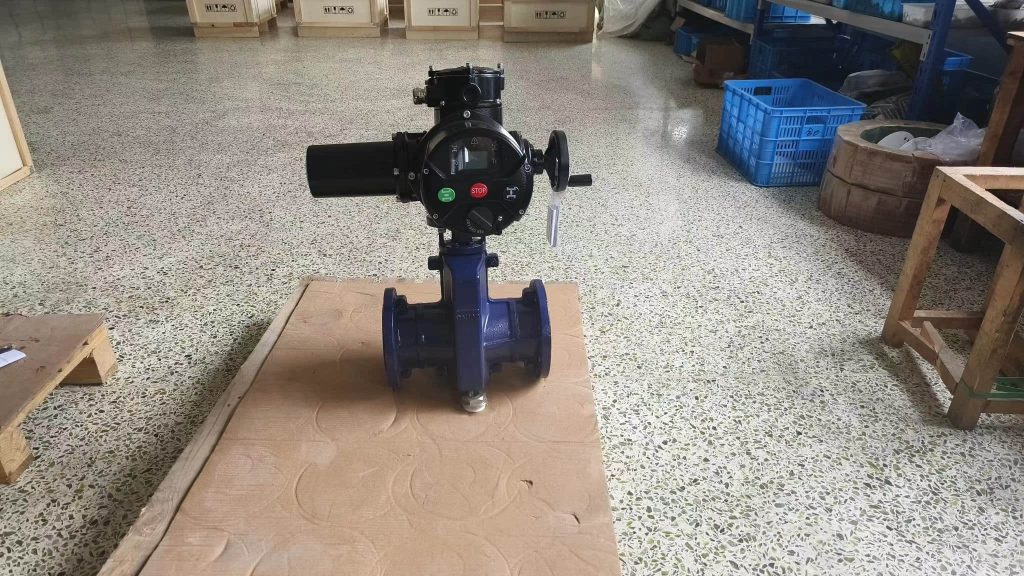In the world of fluid control systems, the WCB Electric Pinch Valve stands as a key component that offers reliable, precise, and efficient operation for a wide range of industrial applications. The valve is designed to regulate the flow of various liquids and gases, ensuring smooth operations in industries such as water treatment, mining, food processing, and chemical production. This article explores the design, advantages, applications, and working mechanism of the WCB Electric Pinch Valve, highlighting why it has become an indispensable tool in modern fluid control systems.

Design and Construction The WCB Electric Pinch Valve is designed with a simple yet highly effective mechanism that uses a flexible elastomeric sleeve, which is pinched to control the flow of fluids. The valve consists of a housing that holds the sleeve in place, with an actuator mechanism connected to an electric motor. This motor operates the pinch mechanism, which opens or closes the valve depending on the desired flow control. The design is inherently suited for handling a variety of fluids, including slurries, powders, and viscous liquids that might otherwise clog traditional valve systems.